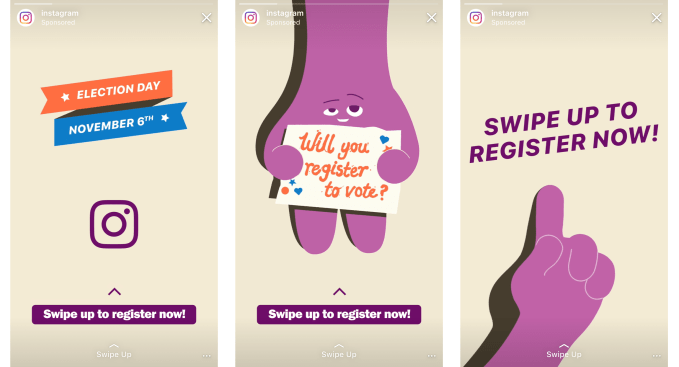Sunil Dhaliwal has had a solid run in his 20 years so far as a VC. Just two years out of Georgetown, Dhaliwal landed at Battery Ventures, a highly regarded venture firm. Fifteen years later, in 2012, he struck out on his own, creating Amplify Partners. It wasn’t so easy at first. His first fund required 18 months of on-again, off-again fundraising before closing with $49.1 million in capital commitments. But things have picked up substantially since. In fact, today, Amplify, once a micro fund, is taking the wraps off a third fund that it just closed with $200 million.
Some early bets made this newest fund much easier to raise than even its second fund, which closed with $125 million in 2015.
In addition to Dhaliwal’s personal track record, which includes leading deals at Battery like Netezza, acquired by IBM, and CipherTrust, acquired by Secure Computing, Amplify has already seen four of its portfolio companies get acquired, including: the breach-detection software company LightCyber, which sold last year to Palo Alto Networks for $105 million; the sale of Conjur, which made DevOps security software, to publicly traded CyberArk Software last year for $42 million in cash; the sale of the app development service Buddybuild to Apple (for undisclosed terms); and the sale of AppNeta, an end-user experience performance monitoring startup, to the private equity firm Rubicon Technology Partners.
Two others portfolio companies, which represent the firm’s biggest bets, look like they could eventually represent even bigger outcomes for the firm: Fastly, which operates a content delivery network to speed up web requests, is already talking about going public, after raising $220 million from investors over the last few years. Meanwhile, DataDog, which offers monitoring and analytics for cloud-based workflows, said five months ago that it had already surpassed $100 million in recurring revenue and that it has been doubling that amount every year so far.
A growing team has helped, too. In addition to David Beyer, a cofounder of Chartio who joined as a principal early on and is today a partner with Amplify, the firm features general partner Mike Dauber, who, like Dhaliwal, previously worked at Battery; partner Lenny Pruss, who was previously principal with Redpoint Ventures; principals Lisha Li and Sarah Catanzano. Li has a PhD from UC Berkeley and worked previously as a data scientist at both Pinterest and Stitch Fix; Catanzano was previously head of data at Mattermark and, before that, as a data partner at the venture firm Canvas Ventures.
Yet perhaps most helpful, Amplify would argue, is the opportunity it is chasing, which is broadly: distributed computing and developer-centric and data analytics companies, because they increasingly cheaper to launch, and they get their products into the hands of technical buyers faster than ever. In fact, roughly 80 percent of the teams with which Amplify is working are led by first-time founders and 90 percent of these are “hyper technical domain experts” who Amplify aims to help evolve from “technical founders to just founders and CEOs who know how to build out a organization,” says Dhaliwal on a call yesterday.
It’s become increasingly competitive for some of that talent, Dhaliwal acknowledged. But staking out Amplify’s territory from the get-go has helped, he suggests. “We work with technical founders on novel applications of computer science at the seed and Series A stages. When you draw a box around that, a lot of people will gladly identify out. Some will say, ‘You really aren’t me.’ But for others who do self-identify, it’s clearly a fit on both sides. We tend to have a deep and powerful connection early on.”
Amplify, which writes checks ranging from $500,000 to upwards of $10 million, has backed roughly 50 companies to date. You can check out its porfolio here.

Source: Tech Crunch





 The voter registration drive mirrors
The voter registration drive mirrors  As Sijbrandij stressed, while most people still look at GitLab as a GitHub and Bitbucket competitor (and given the similarity in their names, who wouldn’t?), GitLab wants to be far more than that. It now offers products
As Sijbrandij stressed, while most people still look at GitLab as a GitHub and Bitbucket competitor (and given the similarity in their names, who wouldn’t?), GitLab wants to be far more than that. It now offers products 